The key projects Bass Coast Council has planned to keep up with population growth
Million-dollar aquatic centres, redeveloped hospitals, better education outcomes and saving renowned beaches — see how council is transforming the Bass Coast.
Bass Coast News
Don't miss out on the headlines from Bass Coast News. Followed categories will be added to My News.
Bass Coast has become the fastest growing local government area in Gippsland, increasing in size by a quarter of its population, with council doing all it can to keep up.
According to the latest census, Bass Coast’s population jumped by 25 per cent since the 2016 census — overtaking Baw Baw Shire.
Bass’ population is expected to reach 36,655 this year and 46,429 by 2036.
The number of families who call Bass Coast home is also on the rise — 29 per cent since 2016 and 41 per cent since 2011.
In response, there has been growth in housing in Bass to the tune of 12.3 per cent with 3163 new dwellings.
But council is aware it will need to increase the facilities and services available to keep up with demand.
Bass Coast Shire Mayor Michael Whelan said Wonthaggi would be the focus of council as the population continues to grow.
“Bass Coast has long been a major drawcard for tourists, and now more and more families are seizing the opportunity to make the move permanently, keen to capitalise on a sensational lifestyle and job prospects to match,” he said.
“We have been aware of this transition for some time and have taken steps to plan for projected population growth by prioritising community facilities for families and young people as we move towards Wonthaggi becoming a regional centre.”
Wonthaggi was identified in Plan Melbourne as an area which will sustain significant growth and is able to forge greater economic and social links with Melbourne.
The Wonthaggi North East precinct is expecting 5000 new homes in the next 30 to 50 years.
Meanwhile, Bass Coast Shire is seeking investment of $77.5 million towards a range of projects worth $126 million as part of Wonthaggi Opportunity Unlocked, an initiative designed to meet the demands of growth by generating business investment, employment and liveability.
This includes prioritising Wonthaggi as a regional centre with the cultural, sporting and infrastructure to support the town and region’s growth.
Identified projects include a new aquatic centre, enhancements throughout the Wonthaggi Town Centre, a regional sports hub and the development of Wonthaggi North East.
“We have also seen incredible successes including the Country Universities Centre Bass Coast, the Wonthaggi Hospital expansion, new schools and the Cowes Cultural and Community Centre,” Mr Whelan said.
“We expect sustained population growth over time and acknowledge the need for greater investment in our region so it can grow into a fully-fledged regional centre.”
Projects to support population growth
Aquatic facilities in Cowes and Wonthaggi
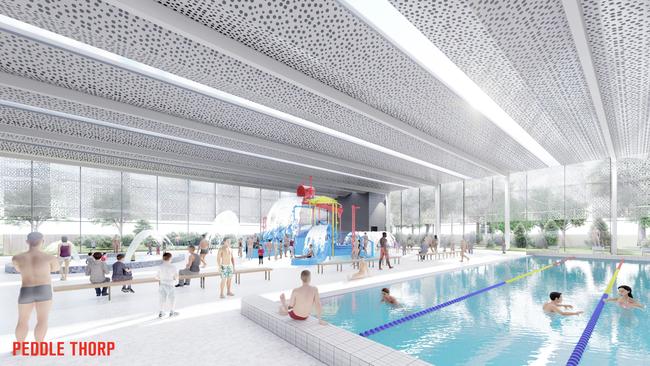
Council is seeking $79.3 million in government funding to deliver its two-pool strategy, supporting 222 jobs during construction and 56 ongoing jobs.
The Bass Coast Aquatic and Leisure Centre in Wonthaggi is Bass Coast’s only indoor aquatic centre. It is over 45 years old and nearing the end of its service life.
Due to the size of the shire, travel times, population spread and catchment indicators, there is an identified need for two aquatic facilities to service the Bass Coast Shire.
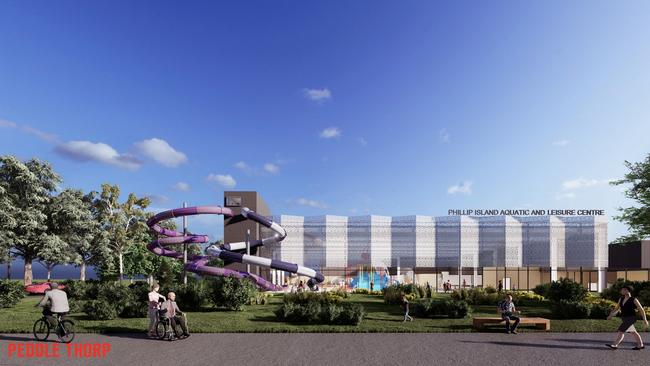
The centres are expected to generate significant economic, health and social benefits for the region by providing a diverse range of sports, events and activities. They will also provide centres within 30 minutes of most residents in the community.
Council has purchased land in Cowes on the southwest corner of the intersection of Phillip Island and Ventnor Roads for the future home of the Phillip Island Aquatics and Recreation Precinct.
The proposed centre will provide for anticipated growth and meet the recreation standards expected of a top tourist town.
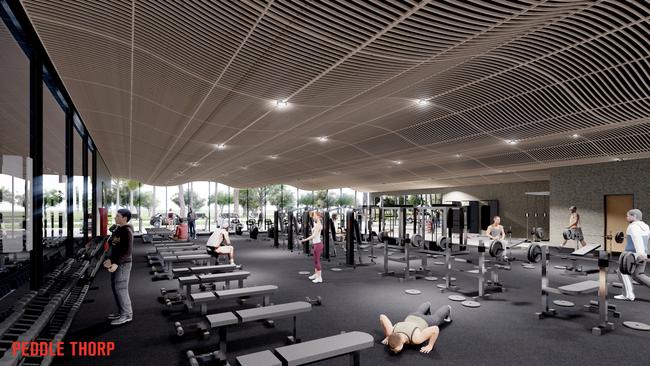
The inclusion of a combined Warm Water Pool and Learn to Swim Pool will ensure exercise for rehabilitation and mobility and will encourage the ageing population to be active. It will also allow emerging generations access to swimming lessons.
Council will continue to hold meetings with federal and state ministers, opposition leaders, candidates, and advisers to promote the benefits of investing in aquatics in Bass Coast in the lead up to the upcoming elections in 2022.
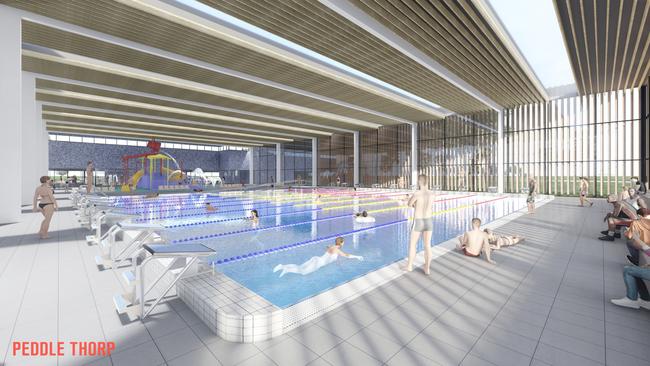
Climate change – mitigation and adaptation
As the population grows, so too does the strain on Bass Coast’s natural landscapes. Council has joined 100 other local governments across Australia in declaring a climate emergency, recognising the serious risk that climate change poses to future of the Bass Coast.
Council and the community have confirmed a shared target of zero net emissions by 2030 and has developed a plan that recognises the role each can play.
In Bass Coast, climate change and severe weather events are impacting our coastal communities and environments now. Rising sea levels and coastal erosion is a concern for our community, with the Inverloch coast experiencing significant erosion in recent years, impacting local amenity, vegetation and infrastructure.
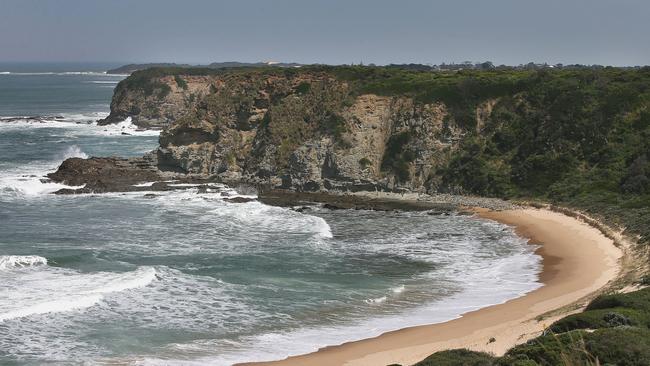
This year council is seeking $12 million to complete urgent coastal erosion mitigation works and address recommendations from recent studies.
About $10 million is needed to deliver on the findings of the Regional Coastal Hazard Assessment which is being undertaken as part of the Cape to Cape Resilience Project.
They also aim to deliver the recommendations in the Kilcunda Foreshore Options Analysis.
Council has identified two pilot projects to support agricultural and farming practices and low income and vulnerable community members.
Those are the Carbon Drawdown Smart Farms Pilot Project and the vulnerable communities incentives.
Education: Country Universities Centre
The Country Universities Centre (CUC) Bass Coast is already making a considerable difference to regional students of higher education. Opening in 2021, more than 100 students were enrolled in the first year of operation.
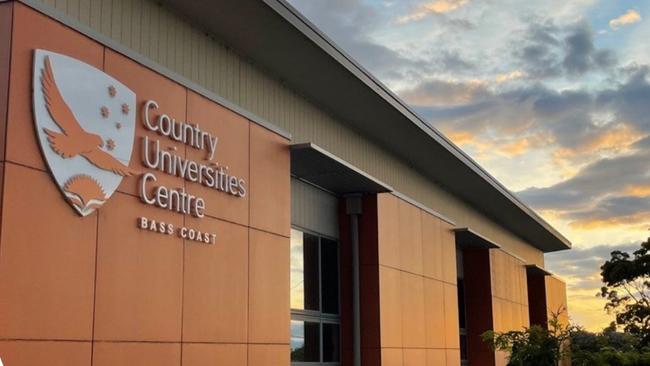
Health
Bass Coast Health has indicated $14 million is required in 2023 to run the expanded services of the Wonthaggi Hospital and $10 million in for the new Phillip Island Community Hospital which is due to open in 2024.
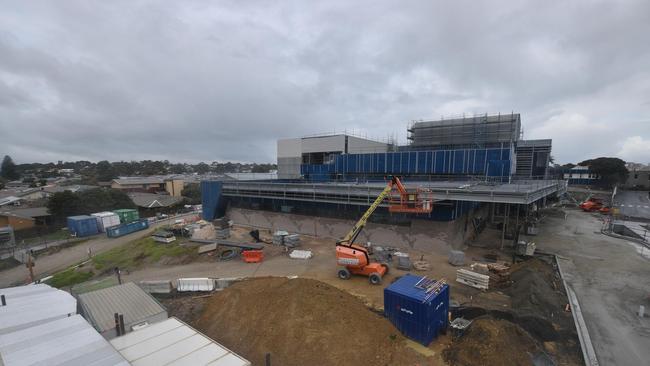
Priorities for the council in healthcare include women and family services, residential aged care and mental health.
Each year more than 200 local women need to travel out of the region to give birth. Wonthaggi Hospital requires a level four maternity service with a neonatal cot to meet the needs of local mothers.
There is a need for more residential aged care beds with a shortfall of more than 300 aged care beds in our catchment.
To meet demand, Bass Coast Health proposes a new 120-bed facility on the existing Griffiths Point Lodge site, a location which ensures no land cost, and is central to the catchment.
The Mental Health Royal Commission identified a number of gaps which align with the mental health service gaps across Bass Coast.
There is urgent need for 24/7 Mental Health clinicians based at Wonthaggi Hospital as well as acute and primary clinicians based in a local Mental Health hub.
Council is also advocating for an adult and a youth prevention and recovery centre in the Bass Coast.
Public transport
The number of public transport services, connectivity and infrastructure has been identified as an area for improvement by Bass Coast Council.
“Improved transport options will increase accessibility to jobs and education and have a significant impact on the local community,” the project statement reads.
Rising traffic congestion is a concern in our major towns. Bass Coast has a car dependency problem.
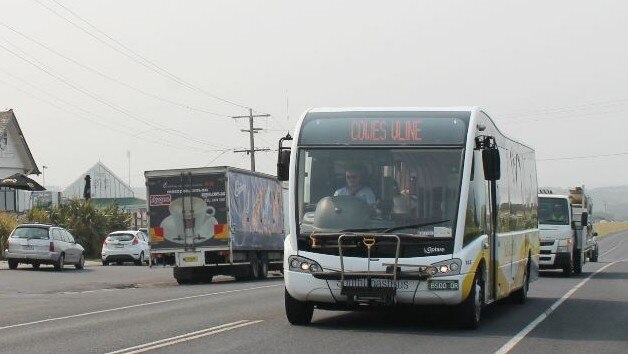
Solving congestion can only be achieved by shifting a significant proportion of car trips to public transport. Limited options to public transport impacts liveability and reinforces disadvantage and social isolation.
The public transport network in Bass Coast Shire is infrequent and in case of buses does not operate on weekends. Key services have had minimal updates since 2009 and bus stops throughout Bass Coast are inadequate.
Council seeks a review of service levels, infrastructure and connectivity of the public transport network within Bass Coast.
Roads
Bass Coast Council has prioritised a number of roads which require an injection of state and federal government funds to alleviate congestion, improve community safety and improve the liveability and amenity of our community.
Within 20 years, the average daily traffic volume on the Bass Highway between Anderson and Inverloch will exceed 19,000 vehicles.
Key issues identified by Regional Roads Victoria at Kilcunda include a lack of crossing opportunities along the Bass Highway, increasing the safety risk for vulnerable road users as the highway disconnects the shops and cafes from the beach and caravan park.
The lack of dedicated turning lane into the service lane and informal parking also present a hazard to highway traffic.

Council sought funding of $7.5 million to be allocated to Regional Roads Victoria for the implementation of the pedestrian and intersection safety improvements in Kilcunda Township. Funding was provided in the 2022/23 Victorian state budget.
Back Beach Road and Bergin Grove in San Remo require improvements to tackle significant safety and access issues onto Phillip Island Road.
Council is seeking funding of $23 million allocated to Regional Roads Victoria for the implementation of the Phillip Island Road transport infrastructure improvements in San Remo township at Back Beach Road intersection.
Bass Coast Shire has more than 120km of urban roads not built to acceptable modern standards, worth in excess of $250 million to upgrade.
Council is seeking a significant increase in funding to address sealing roads across the shire to provide the expected quality urban areas, to support our visitor economy and accommodate our tourists and residents.




